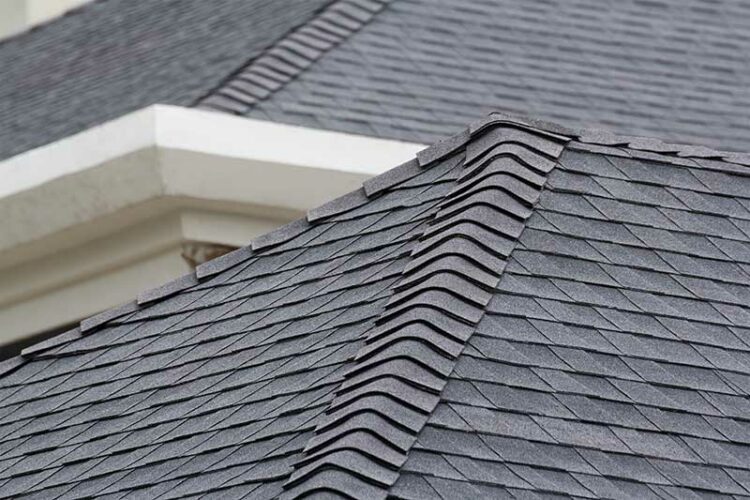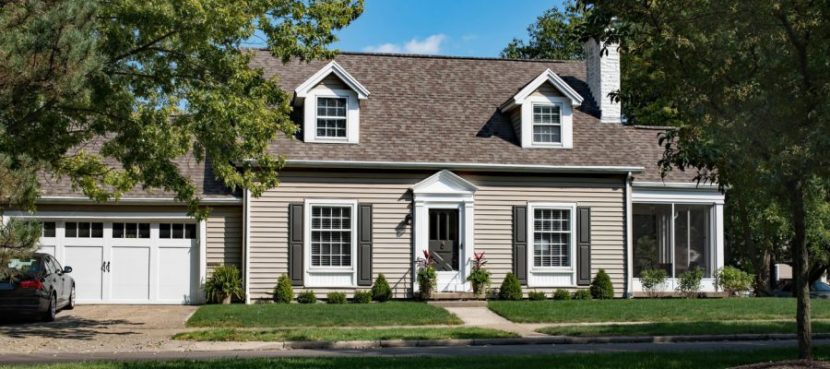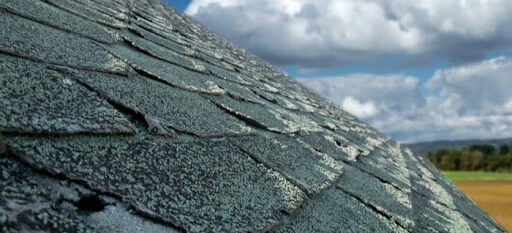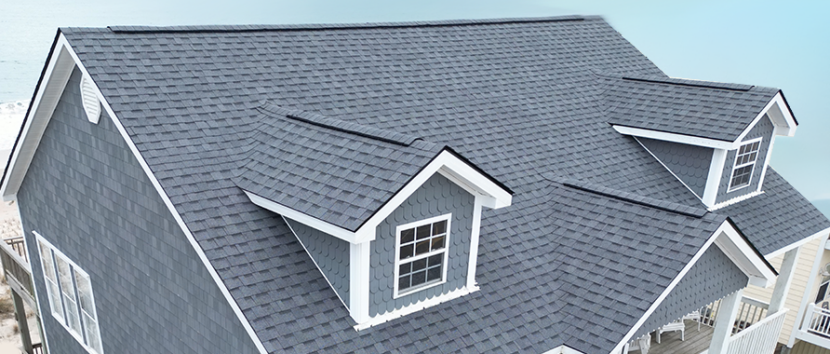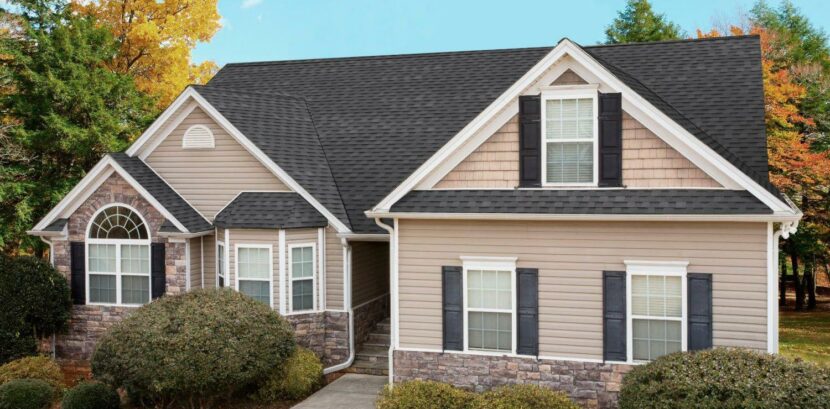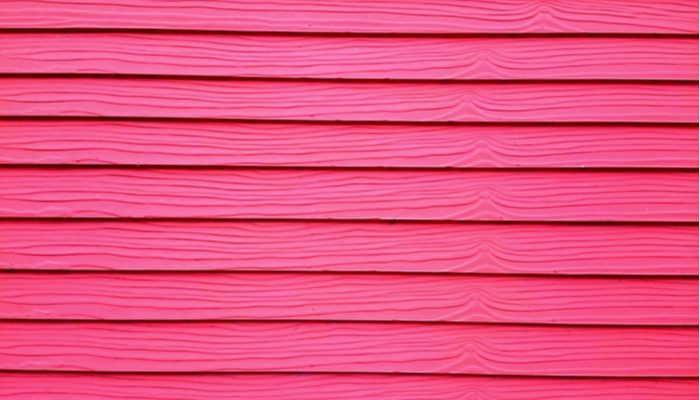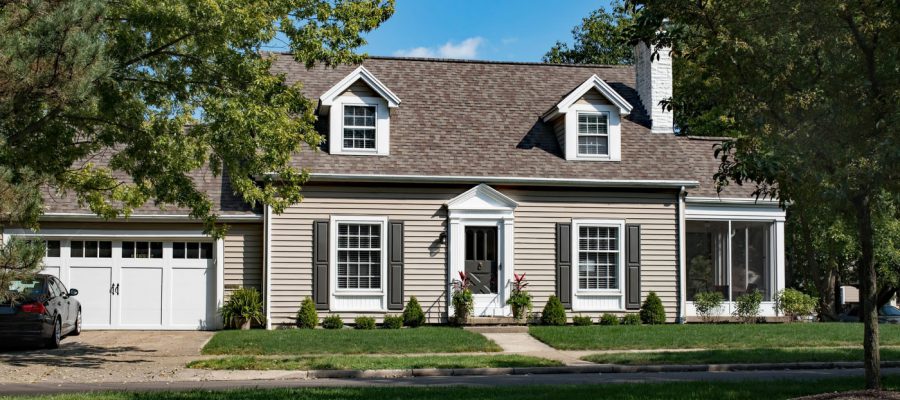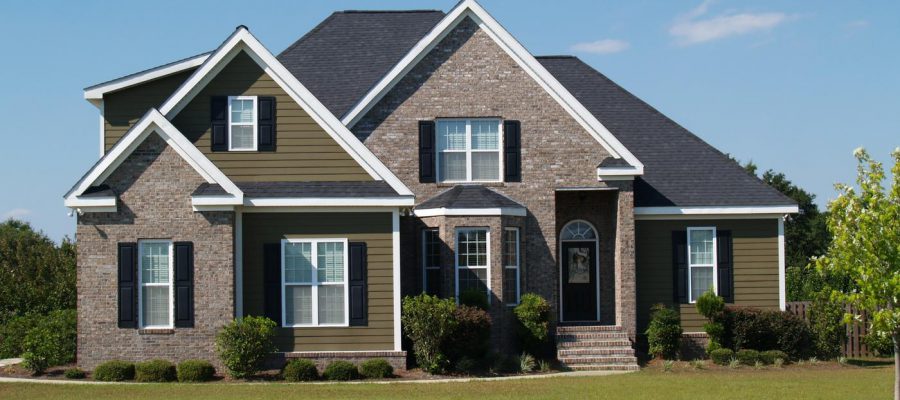Removing Algae From Your Roof
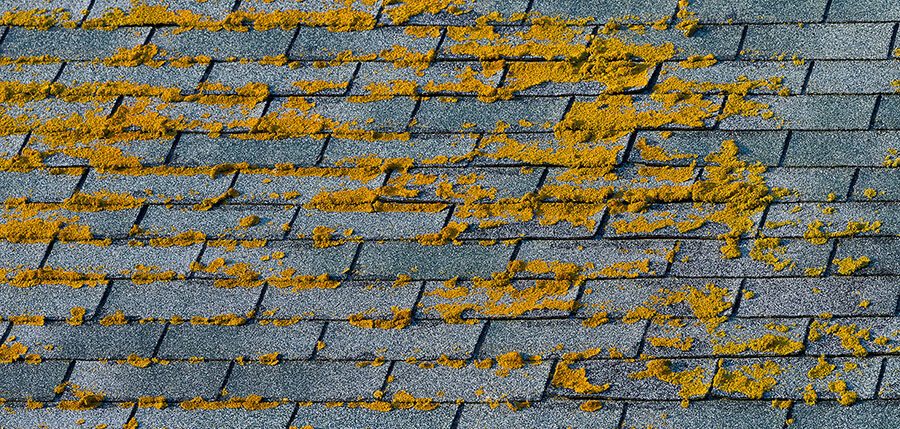
Nature is your roof’s worst enemy. When it’s not hammering your shingles with hail and water, it’s coating them with mildew and mold. Algae is as stubborn as it is ugly. Never satisfied with mere stains, it consumes natural stone and its underlying materials. Moss and lichens also moisten your shingles, causing ice in chilly climates.
The resultant damage destroys your roof’ mineral granule coating, exposing it to secondary destruction. Algae can even cause skyrocketing utility bills by heating your home and raising your cooling expenses. Basic scrubbing won’t achieve much, though, so you need an aggressive multi-pronged approach.
Strategy One: Starve It
Every natural organism relies on water to thrive, and algae is no different. It loves dark, wet environments, so sunlight is its worst enemy. Merely cutting back shade plants can have a dramatic effect, preventing algae growth while you while away those summer days on lazier pursuits.
Algae adores standing water, too. It’s impossible to control if your roof is prone to pooling, which is often caused by structural damage and shoddy design. Wet insulation is another problem that’s often caused by roofing indentations. Waterproofing is an important weapon for winning the algae battle. Structural repairs will address your watery woes while simultaneously preventing further pooling.
Get a Free Estimate Today
50% off installation. Special financing available. See details.
Strategy Two: Kill It
Reduced moisture and increased sunlight are excellent preventative tools for addressing algae on roof shingles, but they won’t destroy aggressive species quickly enough to prevent structural damage. You’ll need to wage a more aggressive war, particularly if gloeocapsa magma has created colonies on your shingles.
This black roof mold looks like dirt accumulation and spreads through airborne spores. You need to destroy it thoroughly if you’re going to interrupt its reproductive cycle.
Heavy-duty ammonia products produce poisonous chlorine gas, so bleach is a better DIY roof cleaning algae option. It can hurt nearby vegetation, though, so it’s best to rely on a professional roofer who has eco-friendly alternatives.
If you’re determined to go it alone, mix a quarter cup of trisodium phosphate into a spray bottle solution and get to work, ensuring that your product doesn’t end its life in your garden. Your lawn and shrubs will thank you for your fastidiousness.
Strategy Three: Replace It
If your basement is displaying signs of seepage, basic cleaning and pruning won’t be enough. Once blue green algae on roof shingles has saturated your ceiling, water seeps all the way through to your foundation, so growth problems aren’t always curable.
You’ll need an entirely new roof if the bloom has caused severe structural damages and insulation degradation. Exterior paint damage and ceiling discoloration are two more signs that it’s time to wave goodbye to those old, leaky shingles. Severe decay usually demands a complete reconstruction.
Strategy Four: Prevent It
A preventative maintenance schedule is your best weapon against algae. Debris can penetrate your shingles if left alone long enough, but a simple leaf blower can take care of minor problems. You’ll also need to keep your gutters clean so that water drains away after heavy rains.
Copper granules are a lesser-known solution that can prevent moss and algae alike. Coat your roofing with a maintenance product or install algae-resistant shingles, even if you haven’t spotted signs of mildew yet.
Strategy Five: Wash It
Most roofs are built to allow rain wash-off—a structural asset that you can leverage in your fight against algae. Well-placed metal caps and flashings will coat your roof in mineral salt wash-off every time it rains. This excellent roof algae treatment builds an important step into your maintenance routine, and you don’t even need to stop your series marathon to achieve it. Simply install the right flashing at the base of your turrets, and Mother Nature will take care of the rest.
Strategy Six: Call the Professionals
Shingles are more delicate than they might seem, so over-enthusiastic cleaning methods can cause more algae growth than they prevent. If your roof is brittle or you see thick moss, even gentle raking can cause damage. Power washing is even more destructive to asphalt.
Granulated zinc sulfate monohydrate can gently clear moss and prevent wind-blown spores from taking root, but it can cause irreparable eye damage, so it’s best to request a professional application. Roofing companies have the correct protective equipment and will finish the job with gentle cleaning.
Algae is an excellent breeder, so it requires you to take action the moment you spot dark stains. The safest way to achieve that is to pick up the phone and call the pros. That way, you won’t have to risk life and limb in your fight against household damage. With a solid collection of strategies, you’ll soon return your shingles to their glistening former selves.
Need help with a roof project? Contact 1-800-HANSONS for a free estimate.

